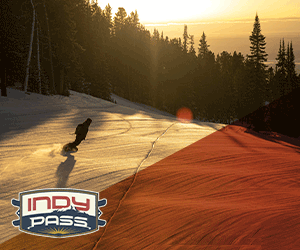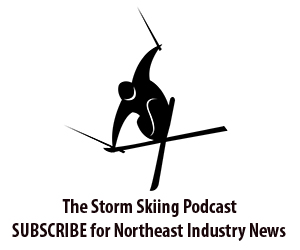Notice: Undefined offset: 0 in /home3/nyskiblo/public_html/wp-content/themes/nyskiblog2016/functions.php on line 322
Dick Barrymore was a ski film pioneer who started making films at the 1960 Winter Olympics in Squaw Valley. He spent the next 30 years shooting around the world. He rarely had a script for his films — he captured the action as it unfolded and was a master of improvisation.
He did most of his own filming with a hand-held camera and did all the editing himself. He narrated and selected the music. And like Warren Miller, he traveled the country to do live narration of his films in theaters. From “powder to projector” Barrymore was involved in every part of the process.



